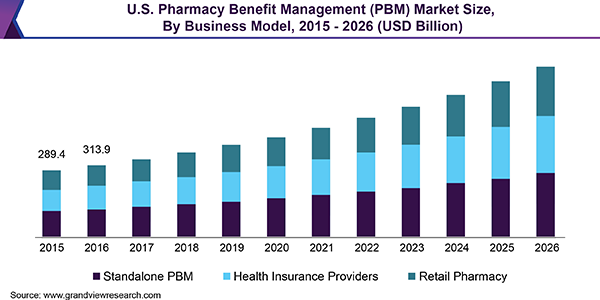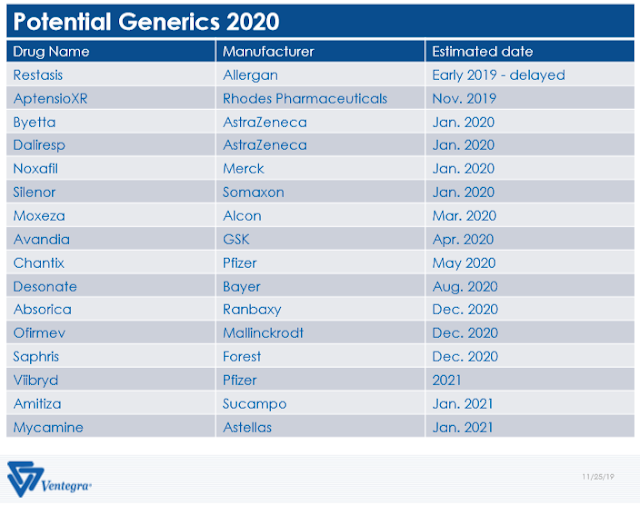Express Scripts to handle drug rebate negotiations, on the pharmacy benefit, for Prime Therapeutics
Cigna’s Express Scripts pharmacy benefit management unit and a PBM owned by 18 Blue Cross and Blue Shield plans have joined forces to tame drug costs for a massive client list that covers 100 million people.
In an announcement Thursday night, Express Scripts and Prime Therapeutics said their new three-year collaboration is “designed to deliver more affordable care for clients and their members by enhancing pharmacy networks and pharmaceutical manufacturer value.”
The collaboration will allow Prime’s member Blue Cross health plans to gain leverage through Express Scripts’ buying clout and large pharmacy network. Express Scripts will handle negotiations for drugs on the pharmacy benefit.
 |
| Source: Becker’s Hospital Review |
Tyrone’s Commentary:
This collaboration is a prelude to a complete acquisition of Prime. It’s smart to take baby steps which permits the attention to die down and to keep the regulators at bay for a while. This will allow ESI to win even larger discounts from drugmakers. Let’s hope they pass these savings back to their clients without punishing independent pharmacies.








